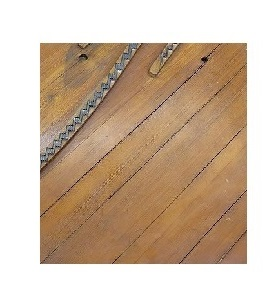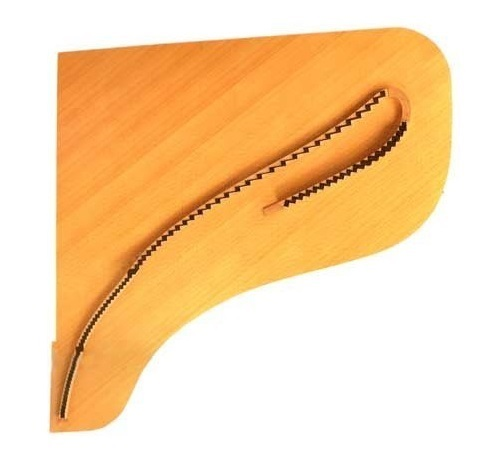HOW CLIMATE AFFECTS YOUR PIANO
The two previous pages were a brief discussion on two of the most important wooden components of a piano: the Soundboard and the Pinblock. These two components are particularly sensitive to changes in climate; especially humidity. There are two main aspects of climate relating to pianos: Changes in Temperature and Humidity
FACTORS WHICH CONTRIBUTE TO CLIMATE VARIATIONS IN PIANOS: The Weather: Sound
obvious, doesn’t it! But the external weather will impact your piano more than
any other factor. The key factor is change in weather, especially seasonal
change. Midsummer it might be forty-two degrees celcius and the air dry as
chips; midwinter it might be three degrees.
Fortunately, we (along with your
piano!) live inside houses which protect us from these extremes. What’s more,
we have ready access to the marvels of heating and air-conditioning. These not
only make us more comfortable; they also help to protect the piano. However, some caution needs to be
exercised with these temperature-regulating devices. Understanding something
about the air they pump out is a start.
The Weather: Sound
obvious, doesn’t it! But the external weather will impact your piano more than
any other factor. The key factor is change in weather, especially seasonal
change. Midsummer it might be forty-two degrees celcius and the air dry as
chips; midwinter it might be three degrees.
Fortunately, we (along with your
piano!) live inside houses which protect us from these extremes. What’s more,
we have ready access to the marvels of heating and air-conditioning. These not
only make us more comfortable; they also help to protect the piano. However, some caution needs to be
exercised with these temperature-regulating devices. Understanding something
about the air they pump out is a start.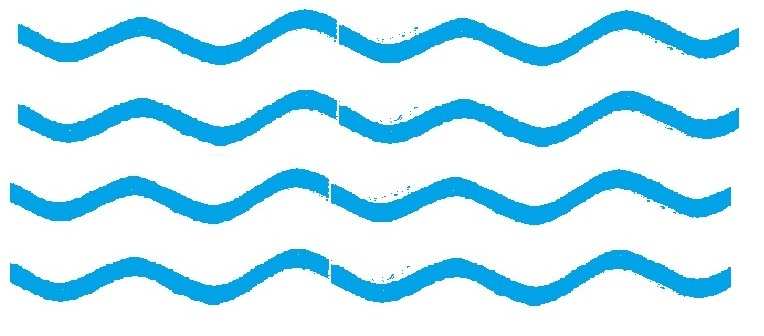 Air-conditioning: Most air conditioners work by
refrigeration; hence the air flow from them is very dry. Constant exposure to
such air-conditioning can cause the wood with the piano to dry out (especially the
pinblock and the soundboard). This is particularly the case with grands, which
will need at least some parts of the lid open for playing. (On the other hand, evaporative
air-conditioners increase the
humidity. Hence, they work best in
dry climates, causing a switch between dry and humid!)
Air-conditioning: Most air conditioners work by
refrigeration; hence the air flow from them is very dry. Constant exposure to
such air-conditioning can cause the wood with the piano to dry out (especially the
pinblock and the soundboard). This is particularly the case with grands, which
will need at least some parts of the lid open for playing. (On the other hand, evaporative
air-conditioners increase the
humidity. Hence, they work best in
dry climates, causing a switch between dry and humid!) 
Heaters:
Heaters of any sort, like evaporative air-con,
pump out dry air – hot dry air. The same is true of any sort of wood burner.
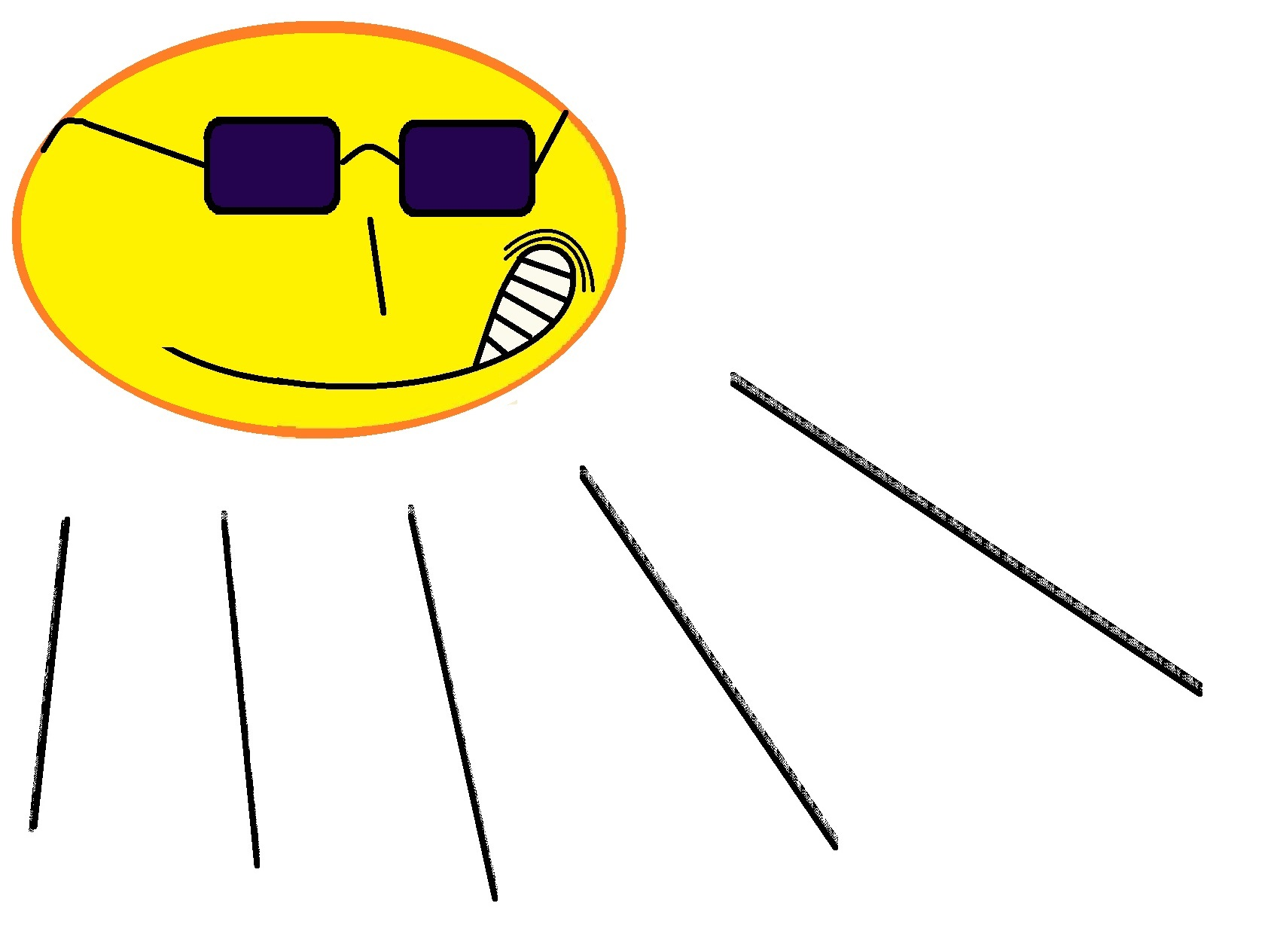
Direct Sunlight: I’m sure you’ve had the experience of leaving your
car in the direct sunlight in the middle of summer. You come back five minutes
later, and it’s like an oven! This gives you some idea of just how powerful
that ball of fire in the sky is! Even in mid-winter, the interior of a car can
heat up a lot in direct sunlight. Translate that to your piano. Of course, your
living room is much larger than a car, so will not heat up as quickly. But
direct sunlight, especially in summer, will dry out the wood very quickly. It
can also cause fading of some of the
colour
finish in the wood.
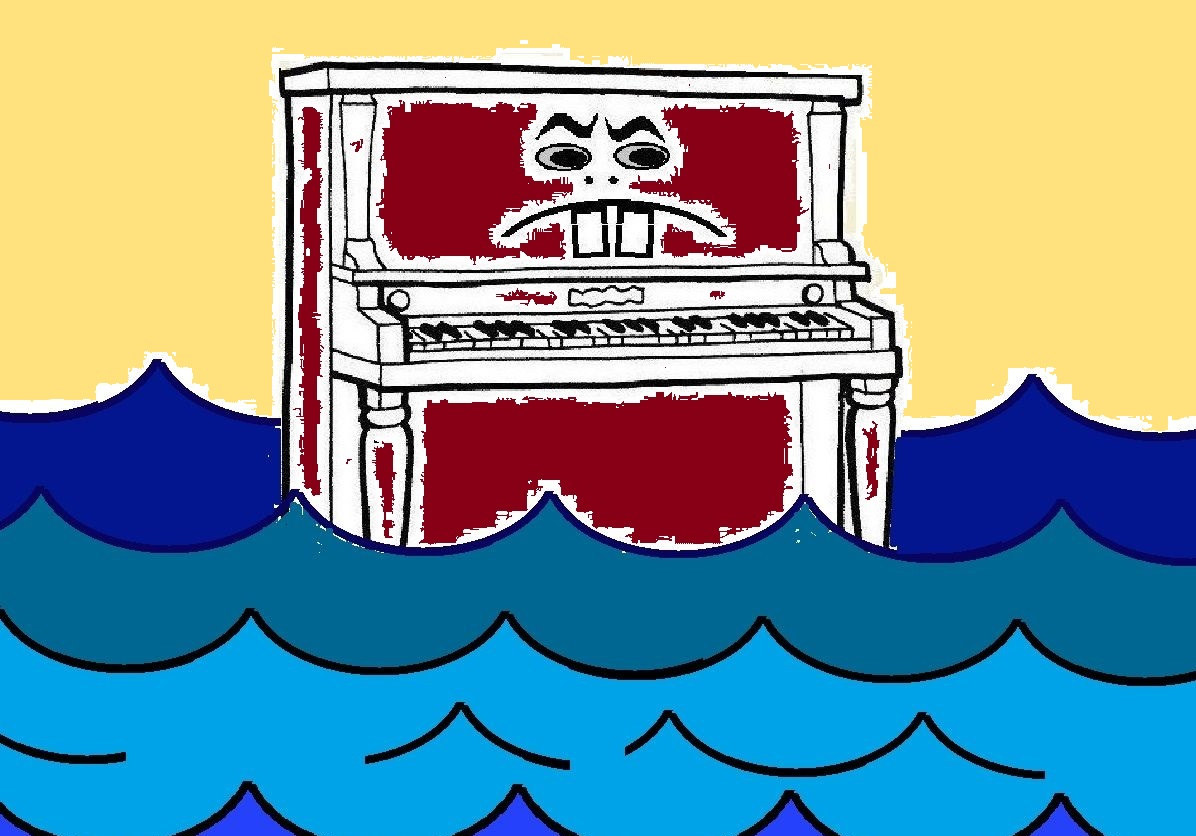
Climate in Australia
In Australia, we have a great variation in climatic factors. We have extreme heat, cold (although not extreme), dryness, humidity (especially in the tropics), and everything in between. This presents a challenge for keeping the interior home climate stable.
Climate variations will affect the piano. So the important thing is to keep these factors reasonably stable. This is easier to do these days, with the availability of insulation, heating, and air-conditioning (although be aware that refrigerated air-conditioning pumps out very dry air).Well, so much for the factors which affect your piano’s environment. Now for a discussion on HOW it affects the piano, and which parts are most vulnerable to change.
Right: a pinblock
which has been ruined by long-term humidity and temperature changes. 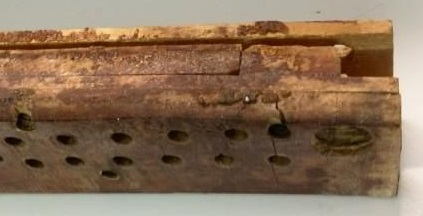
This
pinblock doesn’t appear to have many plies in the wood. Even in its prime, it
probably wasn’t very strong! Compare it to the picture back on the Pinblock page! (see menu above)
The Soundboard :
A drop in humidity can cause shrinkage in the soundboard wood, thereby reducing the curve of the crown. This can deaden and reduce the tone. On the other hand, an increase in humidity will expand the soundboard wood, increasing the crown and increasing the tension on the strings (hence sending it out of tune) Changes in humidity can also affect the overall structure of the soundboard , causing cracks. High humidity can also weaken the glue bonding between the strips of wood in the soundboard. Fixing soundboard cracks is a major repair, as it involves the removal of the strings
Below Left: A good-quality grand piano soundboard, ready to be installed. Below Right: A section of a cracked soundboard.
